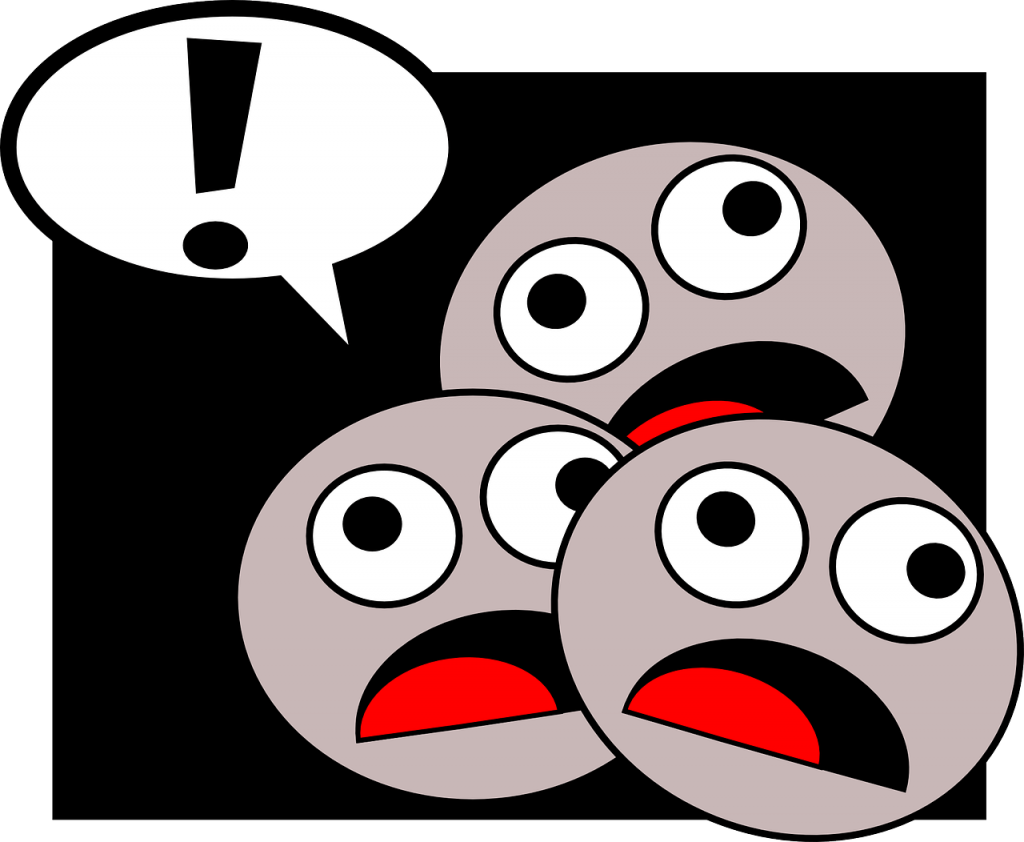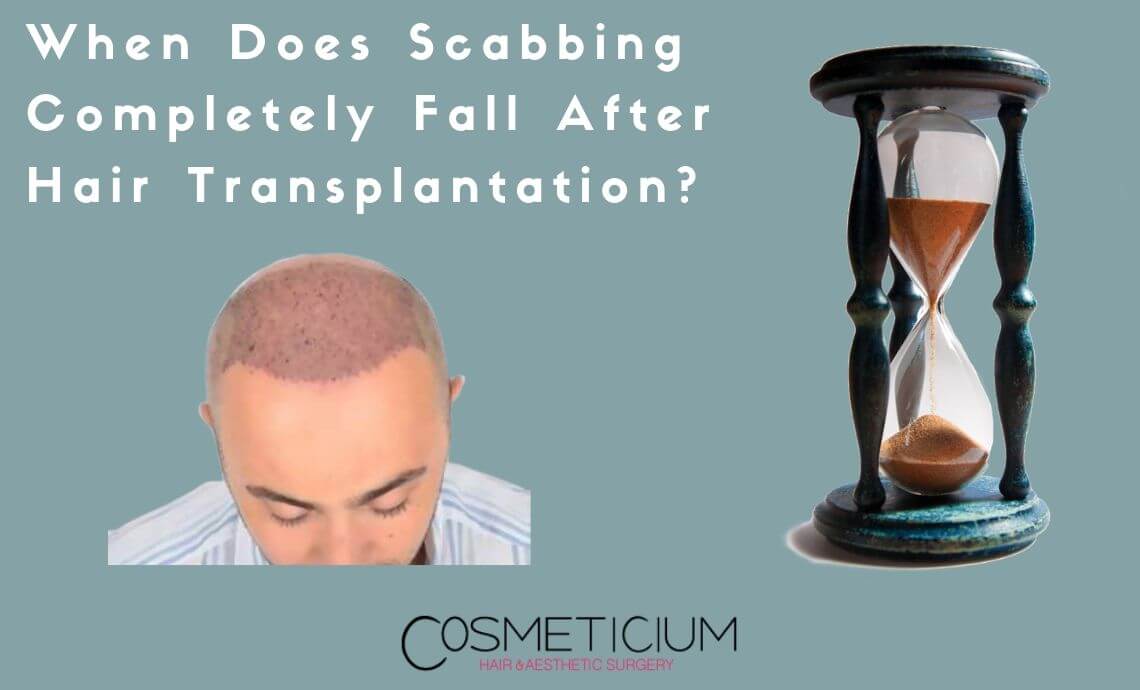Falling of the scabs that arise after the hair transplantation varies from person to person. This period may vary depending on the person’s body and the body’s reactions. After this period, if the scabbing is still going on and isn’t spilling, we advise you to consult your doctor who has done the operation. There will be some practices that your doctor recommends in order to facilitate the falling of the scabs. Completing these applications ensures that the scabbing is completely poured out. Scabbing is a condition that must be passed over time without haste. Doing harsh treatments in order to make sure that it goes away within 1-2 days can damage the transplanted hair follicles!
Table of Contents
What Causes Scabbing After Hair Transplantation?
There are two reasons for scabbing after hair transplantation. The first reason is clotting and the second one is the drying of the body fluid that comes out. Hair transplantation is a process that starts with drilling holes to get hair follicles from the donor area. Small bleedings occur during the procedure in the holes drilled to get hair follicles and do the transplantation. Bleedings are in the form of small leaks. The parts where the hair follicles are taken must be covered with bandages in case of infection.
Since the donor area does not come into contact with air, there is no crabbing on this area. However, the transplanted areas remain with hair follicles and clotting occurs over time. This clotting causes crabbing. With injuries in any part of our body, body fluid comes out. The body fluid is secreted to accelerate incision – the healing of the wounded area. This fluid is also secreted by the body to heal small wounds on the area where the hair follicles are transplanted. Drying of the liquid also causes crabbing again.
You May Also Like: What Should I Avoid After I Had Hair Transplantation Done?
Who Experiences Crabbing After Hair Transplantation?
Scabbing is a natural reaction of the body that occurs in everyone who has hair transplantation. It is divided into two according to the degree of scabbing: normal scabbing and excessive one. Excessive scabbing occurs in people who use substances harmful to the human body. Excessive scabbing occurs in people who consume alcohol, cigarettes and drugs intensely. Therefore, it is recommended that people using these substances do not consume them before transplantation. If you do not perform the applications recommended by your doctor after the operation, you may experience intense scabbing.

How Does Scabbing Heal After Hair Transplantation?
It is recommended to keep the area away from the contact with water for at least 36 hours after hair transplantation. Blood and body fluid that dry and scab for 36 hours are softened and poured during the first washing process. In fact, this first washing process should be done by your doctor at the hair transplantation center where you have undergone the operation.
In the first washing process, certain parts of the scabs are washed out. It is recommended to wash the hair every day for getting rid of the scabs. Sensitive hair washing is required. Otherwise, it may cause the transplanted hair follicles to fall out. After the washing process, you should apply lotion with light buffer movements with the appropriate hair lotion recommended by the doctor. You should make sure that the ph value of the lotion you use is at least 5.5. The lotion nourishes and softens the scalp. In this way, the scabs are poured out in a short time. You can apply the lotion for 40 minutes depending on the condition of your scalp. You can lengthen and shorten this time according to the condition of your hair.
The final step is the hair drying process. Self-drying of the transplanted areas is not recommended due to the risk of infection. For this reason, you should dry it with soft touches with the help of a bandage or a soft-textured towel. The scabbing will pass within a short time thanks to gentle washing, lotion application and drying process.
You May Also Like: Why is the Success Rate of DHI Hair Transplantation So High?
Does Scabbing Damage the Hair Follicles?
Although scabbing is a natural condition observed after hair transplantation, you should consult your doctor if it lasts unnecessarily longer. The hair follicles may remain dehumidified during very long scabbing. It may prevent the transplanted hair from growing in the desired number and shape. Although it is normal to see scabbing after the transplantation, it should pass within the specified time. This is important for achieving the expected outcome from the operation.
CONCLUSION
Scabbing after hair transplantation is extremely natural and healthy. The resulting scabs should never be pulled off by hand. It should be left to time and you should wait for it to spill spontaneously. Slightly reddened scalp is seen after the scabs have fallen. Redness of the skin is a normal condition that should not be feared. Red skin is a bit more apparent in people with light skin color. The main causes of hair loss are intense stress, malnutrition and insufficient sleep. After transplantation, we recommend that you get the sleep you need by eating regularly and in balance. It shortens the healing time and makes a great contribution to the coming out of new roots more intensively.
Falling of the scabs varies according to the hair transplantation method applied. If hair transplantation is done with the FUE method, the scabs will completely fall within 10-12 days. In the DHI method, the channels opened for the gathering and transplantation of hair follicles are very small. For this reason, this method is usually almost non-crusting at the end. Since the needle tip is very small, it does not allow clotting. We recommend that you consult your doctor again if the crusting has not passed within the period specified by your doctor and despite your practices.
You Can Check Out This Page to Get More Information About DHI Hair Transplant in Turkey

